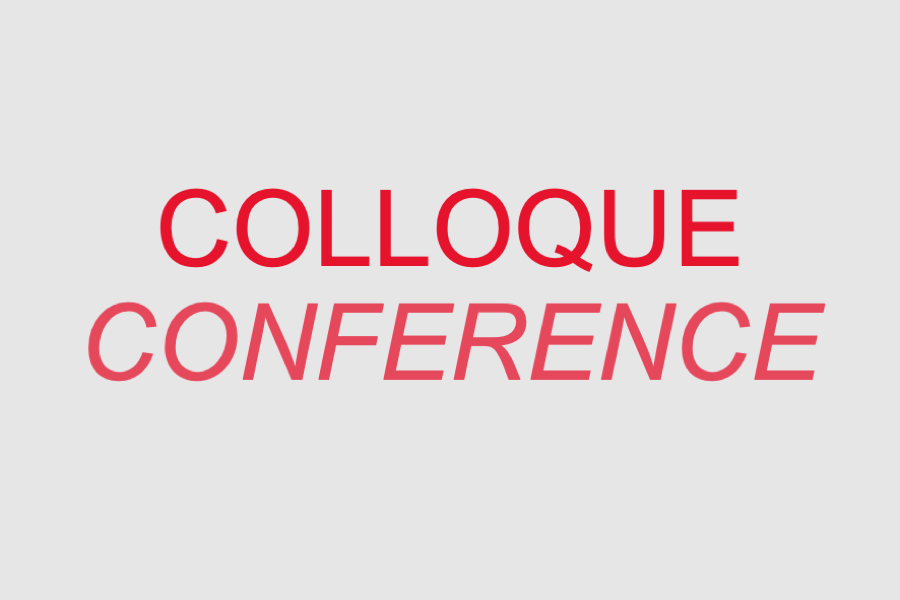Hugo d’Assenza David, “From Idea to Action. Instrumenting the limits to growth. A study of policy change and advocacy coalitions interplay towards the City Doughnut in Amsterdam urban governance”, 2ème Prix AIRE de la Recherche Étudiante sur l’Environnement, 2022
13 February 2023
Conférence Urbasen, Réunion de lancement Fairville, 23.02.2023, 6:15pm
24 February 2023Beatriz Botero Arcila, “Smart City Technologies: A Political Economy Introduction to Their Governance Challenges”, Oxford Handbook of AI Governance, December 2022
Nous vous signalons la parution d’un chapitre de livre rédigé Beatriz Botero Arcila intitulé “Smart City Technologies: A Political Economy Introduction to Their Governance Challenges” au sein de l’ouvrage Oxford Handbook of AI Governance paru en décembre 2022.
Abstract
Smart cities and smart city technologies are terms used to refer to computational models of urbanism and to data-driven and algorithmically intermediated technologies. Smart city technologies intend to plan for and deliver new efficiencies, insights, and conveniences on city services. At the same time, in instances when these tools are involved in decision-making processes that don’t have right or wrong mathematical answers, they present important challenges related to cementing inequality, discrimination, and surveillance. This chapter is an introduction to the governance challenges smart city technologies pose. It includes an overview of the literature, focusing on the risks they pose and it includes a case study of surveillance technologies as an example of the adoption and diffusion patterns of smart city technologies. This is a political economy approach to smart city technologies, which emphasizes the adoption, development, and diffusion patterns of these technologies as a function of institutional, market and ideological dynamics. Such an approach should allow scholars and policymakers to find points of intervention at the level of the institutions and infrastructures that sustain the current shape of these technologies to address and prevent some of risks and harms they create. This should help interested parties add some nuance to binary analyses and identify different actors, institutions, and infrastructures that can be instances of intervention to shape their effects and create change. It should also help those working on developing these tools to imagine how institutions and infrastructures must be shaped to realize their benefits.

